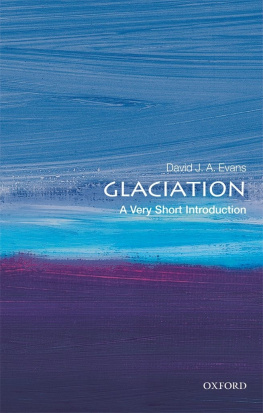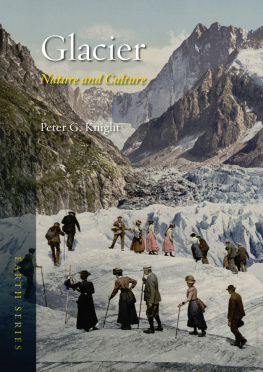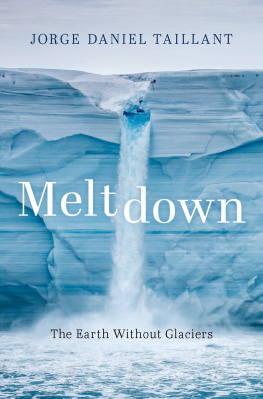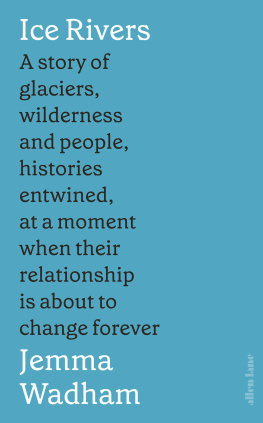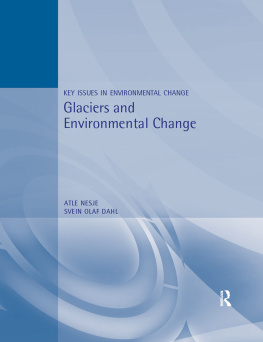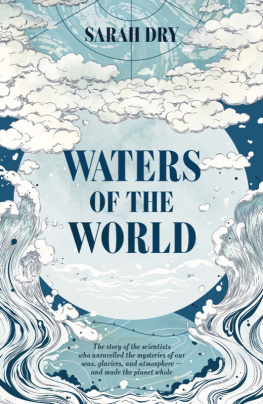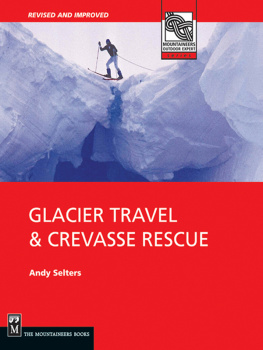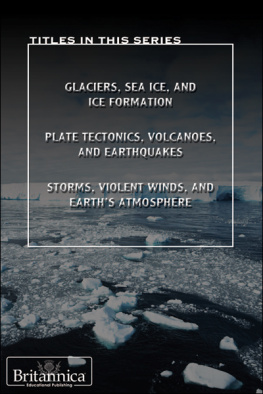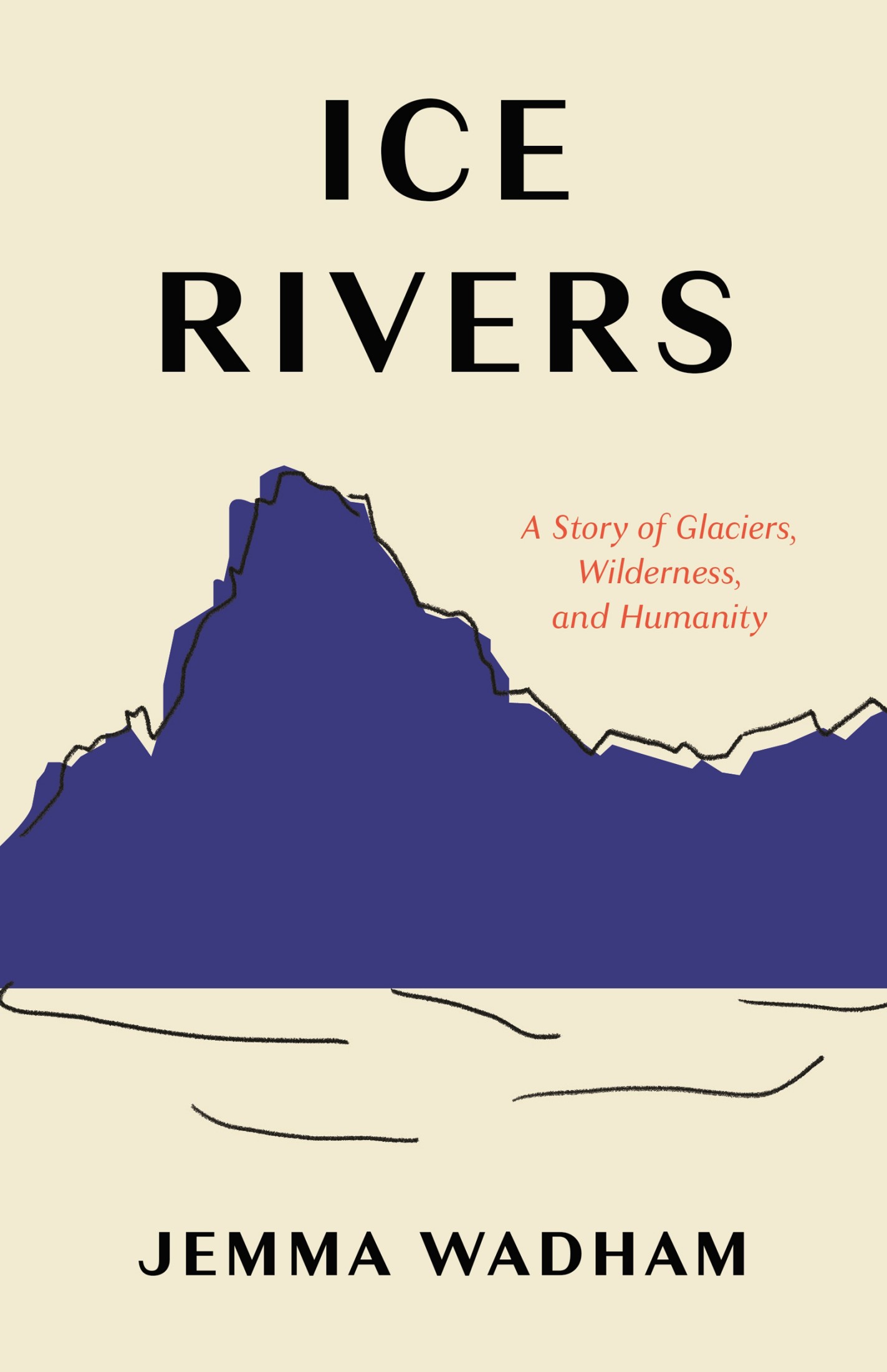Ice Rivers
Ice Rivers
A Story of Glaciers, Wilderness, and Humanity
JEMMA WADHAM
PRINCETON UNIVERSITY PRESS
PRINCETON AND OXFORD
Copyright 2021 by Jemma Wadham
Published in the United States, Canada, and the Philippines in 2021 by Princeton University Press
41 William Street
Princeton, New Jersey 08540
press.princeton.edu
Princeton University Press is committed to the protection of copyright and the intellectual property our authors entrust to us. Copyright promotes the progress and integrity of knowledge. Thank you for supporting free speech and the global exchange of ideas by purchasing an authorized edition of this book. If you wish to reproduce or distribute any part of it in any form, please obtain permission.
Requests for permission to reproduce material from this work should be sent to
Original edition first published by Penguin Books Ltd, London, in 2021
The moral right of the author has been asserted
All Rights Reserved
Library of Congress Control Number 2021931801
ISBN 978-0-691-22900-3
ISBN (e-book) 978-0-691-22901-0
Version 1.0
Contents
- ix
- 3
- 29
- 59
- 86
- 121
- 146
- 169
- 190
- 193
- 199
- 219
- 221

Introduction
Icy Beginnings
, n. A slowly moving river or mass of ice formed by accumulation of snow on higher ground
Oxford English Dictionary
Imagine that one morning you woke up, pottered into your kitchen to make a cup of tea, found you hadnt shut the freezer properly last night, and ice was now teasingly protruding out of a crack in the door. And that the next day the ice had grown, bursting open the freezer door, and starting to advance across the floor, then over the counters, effortlessly sweeping up the toaster, kettle and dirty dishes into its icy folds. Then a day later it had engorged the entire kitchen and started creeping as a giant, dripping, frozen , upstairs. A week later it had filled the entire house, its icy fingers pointing like antennae skywards through the fractured window frames, then continuing its merciless advance down the street, soon to entomb your city, your country, your continent. Now imagine the minute amounts of meltwater produced at the edges of this vast body of ice, pooling together to feed tumultuous rivers the size of the Nile, finally to disgorge their watery load into the Earths seas, shaping what life thrives, how ocean currents flow and, sometimes, whether our climate warms or cools. This is not myth this is the scale of glaciers, almost beyond what a human mind can grasp.
My interest in glaciers was first awakened while roaming the Cairngorms in Scotland as a teenager. I was intrigued by the bald, ashen grey hills, sculpted by the passage of glaciers at the height of Earths last intense cold period, nearly 20,000 years ago. The valleys were unusually broad scoured by the ice, presenting lumpy terrain at their edges where glaciers had eroded, unceremoniously dumped and then modelled soft sediments into clutches of giant eggs, called hummocky . The thought of a snake-like torso of moving ice hundreds of metres thick having once upon a time advanced down these valleys astounded me.
Yet my fascination with the Cairngorms was not co-incidental. Over the first fifteen or so years of my life, their weather-ravaged slopes had become a source of freedom for me, where structures were erased and I could feel the pulse of something much, much bigger than myself. I would trudge with purpose to the summit of my favourite peak, Ben Gulabin at the Spittal of Glen Shee, barely able to draw in enough air to fuel my leaden legs. Austere steely-grey crags loomed from the toe of the hill softened by the rusty tones of its heathery scalp this panorama swept me away from what had become a disconnected and sometimes bewildering upbringing.
The confusion found its roots, I suppose, after I lost my father in a car accident on Christmas Day when I was eight. Children in those days were kept away from funerals, we never talked about the event much afterwards, and I felt numb for many years, aware only of a strange sense of disconnection. One moment I had a father, the next he was gone without trace. I created my own world in my head, immersing myself first in novels, in a fantasyland of characters and places, and then later in the Cairngorms, where I came to find serenity and calm just me and the mountain. The barren sweeping landscapes gifted me connection to something bigger, as I struggled to find my footing in an increasingly tumultuous family life.
Yet against this backdrop, the kernels of my future as an explorer and glaciologist also found their beginning. By the age of eleven, I was organizing family holidays, writing away to hotels and holiday cottages enquiring about booking. Dear Mr Woodman, they wrote back always misspelling my name and utterly oblivious to the fact that I was but a girl still at primary school. Our first grand excursion was to the Lake District I had recently learnt to sail a dinghy and wanted to test my skills including my brother, who was recovering from an emergency appendix operation. I persuaded my mother to hire a sailing boat from which we ventured jauntily out onto the ripples of Derwent Water, until we came to ground on the mudbanks, narrowly avoiding capsizing. My brother was huddled in the bows clutching his side in pain as the boat veered over, and my mother, in her holiday finery, was left wading through murky waters up to her waist. Even at this young age, an independent instinct had started to develop, and I began to nurture a desire to go out there and discover Earths great wilderness.
From then on, mountains grounded me and helped me breathe and drew me in, too, like a story in a book I never wanted to end. First in the Cairngorms, then through GCSE Geography classes, where I learnt about the huge rivers of ice that had advanced down my yawning Scottish glens, and then finally to university. I spent many hours delving deep into the curricula of every Bachelors Geography degree in the UK, determined to pinpoint the one with the highest ice content. Cambridge came top of my list, and by some apparent miracle I managed to do well enough to get there. This led me to the Swiss Alps, where I first laid eyes on a real glacier as a twenty-year-old university student glaciers in the flesh were beyond anything I had imagined. White, pristine and unpolluted hinterlands, a blank canvas, capable of absorbing any negative emotion that pulsed through me and miraculously transforming it into pure exhilaration and joy.
Since then, Ive followed that very same smell of the ice and its vertiginous white expanse. Ive grown to know and understand glaciers better, and with that depth of learning, as always, comes heightened fascination, perhaps even obsession. In 2012, after nearly twenty years of toil in the field, I became a professor (of glaciers) at the age of thirty-nine. Yet, it has often felt that my life and my journey with glaciers have woven their way like two rambling paths tracked across a mountain we come together, we exchange words, we part for a while, only to return again. These twisting threads have led me all around the world and back again, my goal to piece together clues to help understand how glaciers behave and what meaning they hold for us as humans. A grand detective story.
The fascinating thing about glacier ice is that it is not quite like the clear ice cube in your gin and tonic. Glacier Blue has become almost a clich in the paint-chart world and yet its not always blue. It can be blue or turquoise, certainly, when emerging from the depths under great pressure at glacier margins, after years of slow compaction have squeezed the air bubbles from its body, rendering it blue because the one colour the ice does not absorb well is indeed blue. If you think of light as a rainbow of colours flooding through the skies, different objects on the Earths surface have different abilities to soak up these rays of coloured light (or energy, we could say) the rays that they dont absorb well are reflected and give the object its colour. So forests reflect green, glacier ice with few air bubbles reflects blue, and snow reflects everything and so is white (i.e. colourless). However, glacier ice can also appear bright white if it contains a lot of air, or dirty brown when speckled with sediment picked up from its rocky underlay here it becomes less glacier and more something else.



